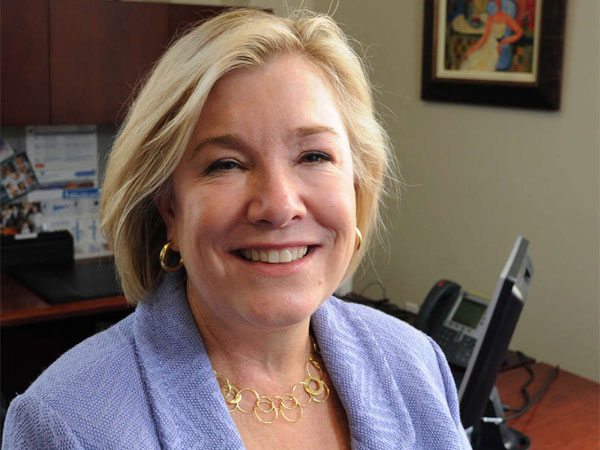By Jane M. Von Bergen
The Philadelphia Inquirer.
To chief executive Sue Schick, it’s a continuing mystery.
Why are there so few women on corporate boards? Why are there so few top women executives? Why are so few women ranked among the top earners?
And if major nonprofit organizations seem comfortable with female leadership, why can’t that confidence translate to more business leadership spots for women?
“Inertia,” said Schick, chief executive of UnitedHealthcare Pennsylvania and Delaware, a publicly traded health insurance company that has more than 5,000 employees and covers more than 900,000 people.
The dearth of female leaders frustrates Schick and the region’s women executives, who each year help put together the annual “Women on Boards” report sponsored by the Forum of Executive Women in Philadelphia.
This year’s survey, released Wednesday morning, adds, for the first time, leadership data from the region’s top nonprofit “eds and meds” organizations to statistics from the region’s top 100 publicly traded companies.
Nearly four in 10 — 39 percent — of top executive positions at 18 area colleges are held by women. Yet women make up only 14 percent of executive ranks at public companies.
At public companies, females fill 12 percent of the board seats, but they more than double that — at 26 percent — at 17 of the region’s health care systems.
All of the nonprofits examined by the forum have women on boards and among the top executives. By contrast, there are 21 public companies among the region’s top 100 that have no women in any top spot.
It’s not an apples to apples comparison — the corporate leadership rankings come from 2013 government filings, while the nonprofit data is drawn from 2011 tax documents.
“Progress continues to be agonizingly slow,” said Nila Betof, president of the Forum for Executive Women. “You wonder what it would take to have organizations wake up to the fact that they need the talent and perspective women bring. Women constitute half the workforce. It continues to be frustrating and a bit shocking.”
Schick, who serves on several nonprofit boards, says there’s no difference in the skills needed to lead large organizations — profit or nonprofit.
In both cases, she said, “you have to have vision and articulate it, and then you have to organize a team and execute it.
“You look at some nonprofit boards that don’t pay attention to the finances of [their organization] and that’s a mistake,” she said. “And you look at for-profit [firms] that don’t pay as close attention to their mission, and that’s a mistake as well.”
Companies need to give women in middle management an idea of what’s possible, said Kathleen Owens, president of Gwynedd Mercy University.
That’s why she’s filling a table at Wednesday’s annual forum breakfast with women managers from her university.
They need to “begin to imagine themselves and see themselves at that step,” she said. “You have to have the confidence and the vision.”
An Absence of Women
These companies, which are among the region’s 60 largest publicly traded enterprises, had no female top executives, top earners, or board members.
Triumph Group Inc., supplier of aerospace components, Berwyn.
DFC Global Corp., check-cashing and payday loan services, Berwyn.
J&J Snack Corp., food and beverage manufacturing, Pennsauken.
Dorman Products, Inc., auto replacement parts supplier, Colmar.
Brandywine Realty Trust, management and development of office and industrial space, Radnor.
Five Below Inc., discount retailer, Philadelphia.
StoneMor Partners L.P., operator of funeral homes and cemeteries, Levittown.
SOURCE: Forum of Executive Women analysis of 2013 company financial data, based on Philadelphia Business Journal rankings.














































































































































































































































































































































































